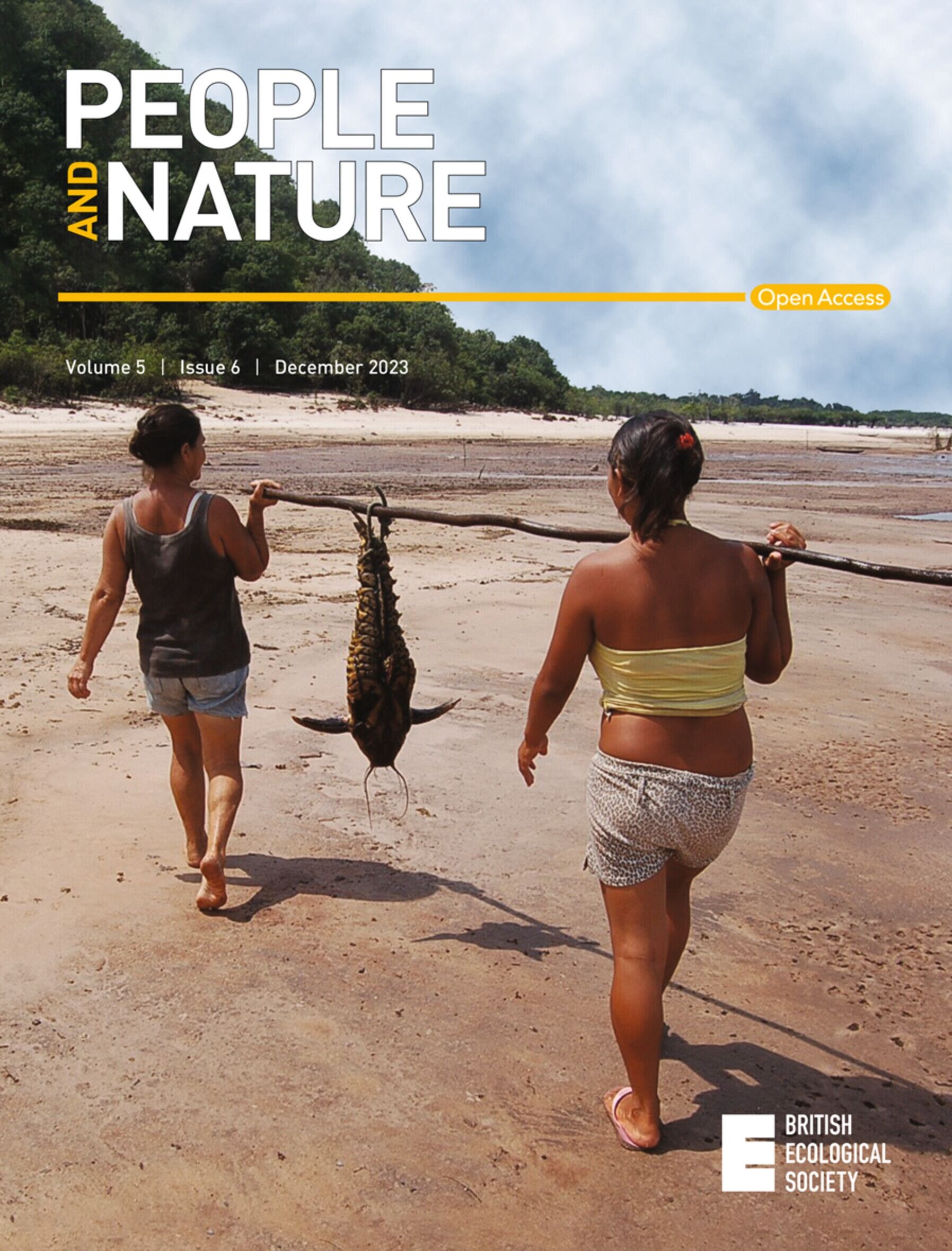What monarch butterfly waystation names and characteristics can reveal about program participants
IF 4.2
1区 环境科学与生态学
Q1 BIODIVERSITY CONSERVATION
引用次数: 0
Abstract
Monarch butterflies (Danaus plexippus) have undergone large scale population declines leading to multiple conservation organizations encouraging the creation of monarch butterfly habitat. Monarch Watch encourages volunteers to create and register monarch habitat as Monarch Waystations. During registration waystations can be named. Names reflect personal meanings, community attachments, and cultural insights and waystation names in particular can provide insights into what ideas and concepts volunteers associate with a habitat creation program. A total of 37,916 registered waystation names were examined to determine most commonly used names, words and word themes. The most common types of waystations were medium‐sized suburban gardens in the United States. The most common waystation names referenced yard placement with My Backyard the most frequently used. Place‐themed words were the most used followed by animal‐themed words. Within animal‐themed words, insect words were the most used followed by mammals and birds. Theological/mortality themed words were present with memorial the most common word, implying a permanence of waystations. The most common familial terms included mom and grandma suggesting inter‐generational gardening is occurring, which is known to strengthen communities and build well‐being. The frequency of positive emotion/feeling words implies that participating in habitat creation programs is a positive experience and participation may reduce conservation apathy. Further research into habitat creation programs and the longevity of habitat created as well as the motivations and demographics of participants can help tailor habitat volunteer programs to desired audiences and increase overall participation. Read the free Plain Language Summary for this article on the Journal blog.帝王蝶中途站的名称和特征可以揭示计划参与者的哪些情况
帝王斑蝶(Danaus plexippus)经历了大规模的种群减少,导致多个保护组织鼓励创建帝王斑蝶栖息地。帝王斑蝶观察组织鼓励志愿者创建帝王斑蝶栖息地并将其注册为帝王斑蝶路站。名称反映了个人意义、社区归属感和文化见解,尤其是路站名称可以让人了解志愿者将哪些想法和概念与栖息地创建计划联系在一起。我们对总共 37,916 个注册路站名称进行了研究,以确定最常用的名称、单词和单词主题。最常见的中途站类型是美国郊区的中型花园。最常见的中途站名称都提到了庭院的位置,其中最常用的是 "我的后院"。以地点为主题的词语使用最多,其次是以动物为主题的词语。在动物主题词中,昆虫词使用最多,其次是哺乳动物和鸟类。神学/死亡主题词中,纪念是最常见的词,这意味着路站的永久性。最常见的家庭用语包括妈妈和奶奶,这表明正在进行代际园艺,众所周知,代际园艺可加强社区建设和增进福祉。对栖息地创建项目和所创建栖息地的寿命以及参与者的动机和人口统计学进行进一步研究,有助于为所需受众量身定制栖息地志愿者项目,并提高总体参与度。
本文章由计算机程序翻译,如有差异,请以英文原文为准。
求助全文
约1分钟内获得全文
求助全文

 求助内容:
求助内容: 应助结果提醒方式:
应助结果提醒方式:


